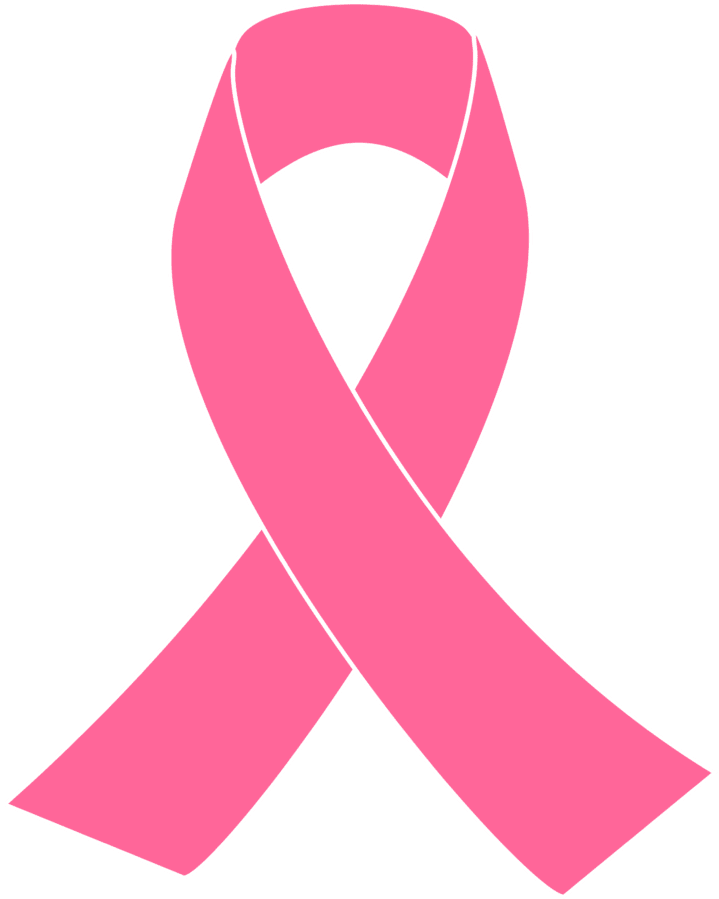COMMON ASSOCIATIONS AND POPULARITY

According to public opinion surveys in Europe and the United States, pink is the color most associated with charm, politeness, sensitivity, tenderness, sweetness, softness, childhood, the feminine, and the romantic. Although it did not have any strong negative associations in these surveys, few respondents chose pink as their favorite color. Pink was the favorite color of only two-percent of respondents, compared with forty-five-percent who chose blue. Pink was the least-favorite color of seventeen percent of respondents; the only color more disliked was brown, with twenty percent. There was a notable difference between men and women; three percent of women chose pink as their favorite color, compared with less than one percent of men. Many of the men surveyed were unable to even identify pink correctly, confusing it with mauve. Pink was also more popular with older people than younger; twenty-five percent of women under twenty-five called pink their least favorite color, compared with only eight percent of women over fifty.
FOOD

According to surveys in Europe and the United States, pink is the color most associated with sweet foods and beverages. Pink is also one of the few colors to be strongly associated with a particular aroma, that of roses. Many strawberry and raspberry-flavored foods are colored pink and light red as well, sometimes to distinguish them from cherry-flavored foods that are more commonly colored dark red (although raspberry-flavored foods, particularly in the United States, are often colored blue as well). The drink Tab was packaged in pink cans, presumably to subconsciously convey a sweet taste. The pink color in most packaged and processed foods, ice creams, candies and pastries is made with artificial food coloring. Pink is the color most commonly associated with sweet tastes
GENDER

In Europe and the United States, pink is often associated with girls, while blue is associated with boys. These colors were first used as gender signifiers just prior to World War I (for either girls or boys), and pink was first established as a female gender signifier in the 1940s. One reason for the increased use of pink for girls and blue for boys was the invention of new chemical dyes, which meant that children's clothing could be mass-produced and washed in hot water without fading. Prior to this time, most small children of both sexes wore white, which could be frequently washed. Another factor was the popularity of blue and white sailor suits for young boys, a fashion that started in the late 19th century. Blue was also the usual color of school uniforms, for boys and girls. Blue was associated with seriousness and study, while pink was associated with childhood and softness. As of 2008 various feminist groups and the Breast Cancer Awareness Month use the color pink to convey empowerment of women. Breast cancer charities around the world have used the color to symbolize support for people with breast cancer and promote awareness of the disease.
IDIOMS

- In the pink. To be in top form, in good health, in good condition. In Romeo and Juliet, Mercutio says; "I am the very pink of courtesy." Romeo: Pink for flower? Mercutio: Right. Romeo: Then my pump is well flowered."
- To see pink elephants means to hallucinate from alcoholism. The expression was used by American novelist Jack London in his book John Barleycorn in 1913.
- Pink slip. To be given a pink slip means to be fired or dismissed from a job. It was first recorded in 1915 in the United States.
- The phrase "pink-collar worker" refers to persons working in jobs conventionally regarded as "women's work."
- Pink money, the pink pound or pink dollar is an economic term which refers to the spending power of the LGBT community.[41] Advertising agencies sometimes call the gay market the pink economy.
- Tickled pink means extremely pleased.
TOYS

Toys aimed at girls often display pink prominently on packaging and the toy themselves. This is a relatively recent trend, with toys from the 1920s to the 1960s not being gendered by color (though they were gendered by a focus on domesticity and nurturing). The current color-based gendering of toys can be traced back to the deregulation of children's television programs. This allowed toy companies to produce shows that were designed specifically to sell their products, and gender was an important differentiator of these shows and the toys they were advertising. In its 1957 catalog, Lionel Trains offered for sale a pink model freight train for girls. The steam locomotive and coal car were pink and the freight cars of the freight train were various pastel colors. The caboose was baby blue. It was a marketing failure because any girl who might want a model train would want a realistically colored train, while boys in the 1950s did not want to be seen playing with a pink train.